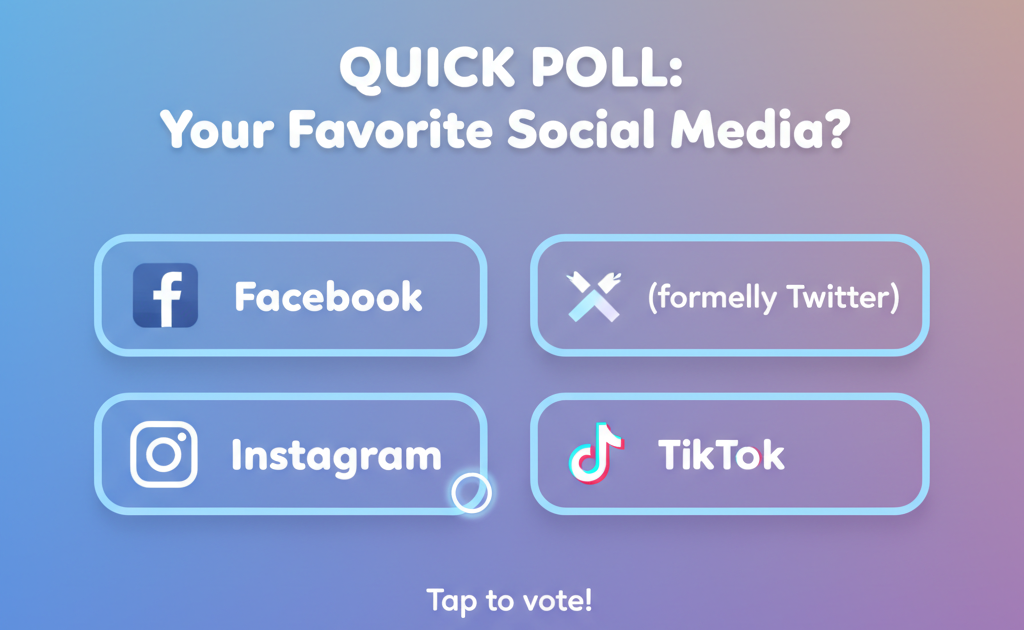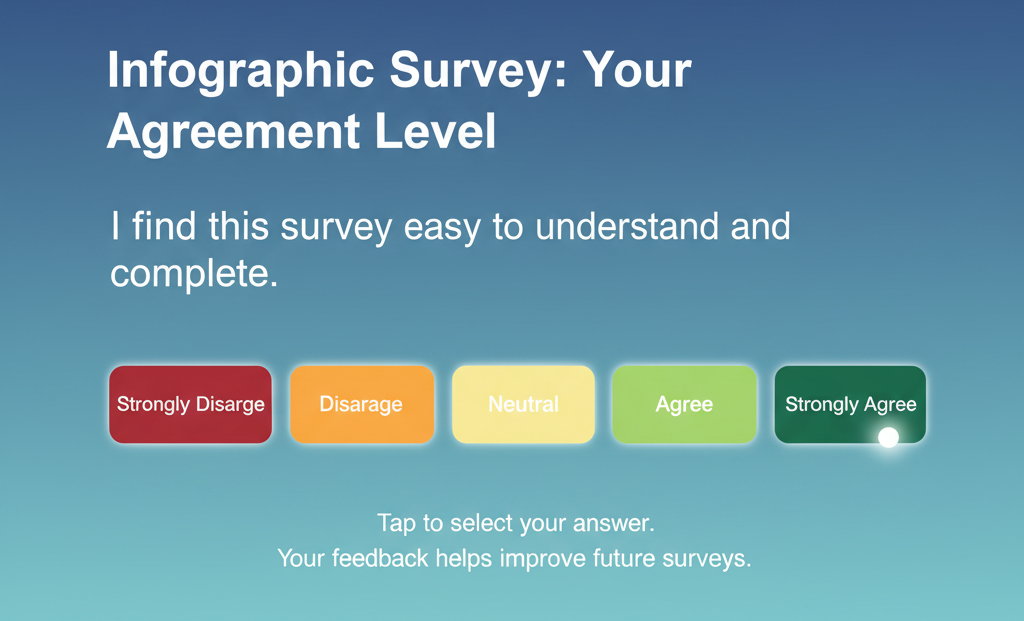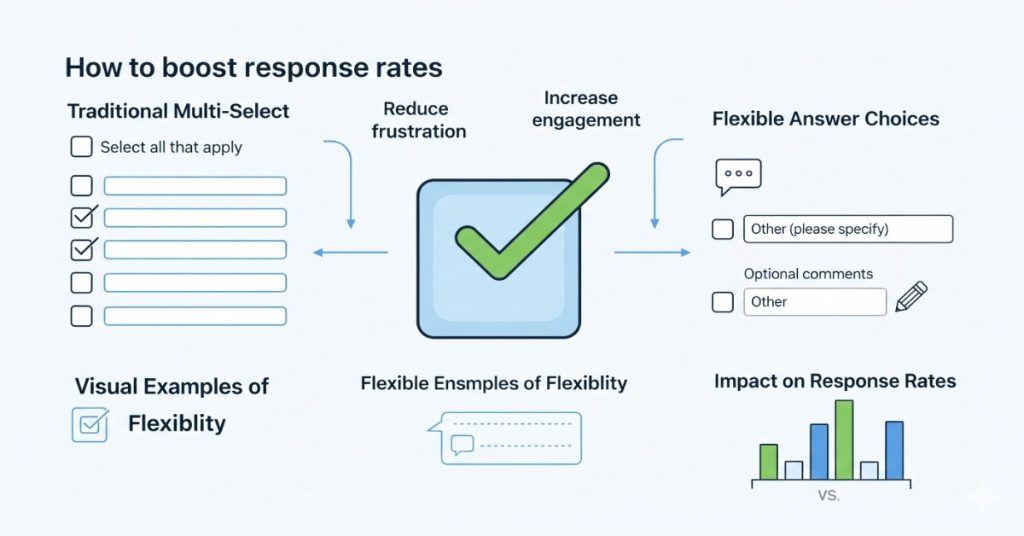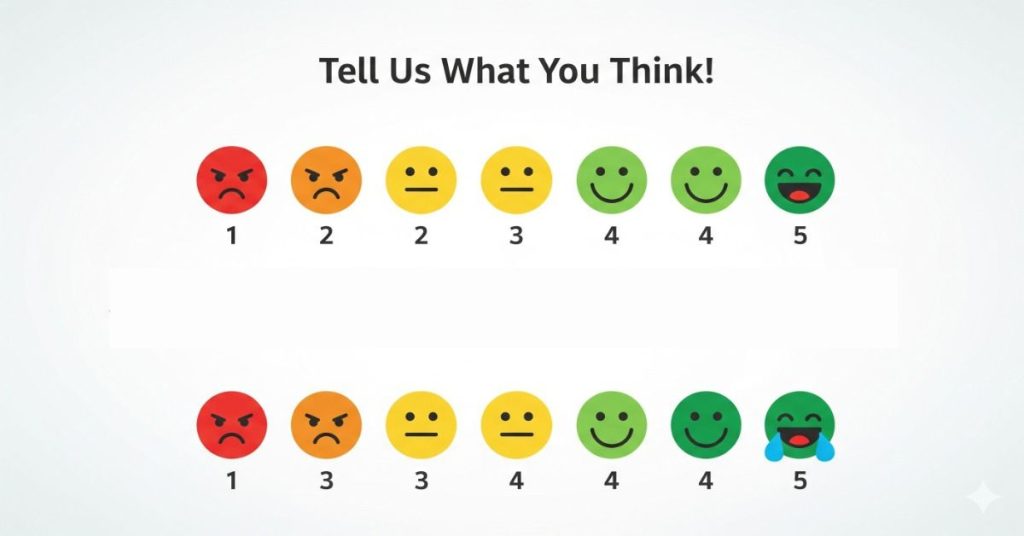In today’s data-driven world, surveys are essential for gathering insights from customers, employees, and audiences. But here’s the challenge: low survey completion rates can skew your results and waste resources. By choosing the right question types, you can boost engagement, reduce respondent fatigue, and encourage more people to finish what they start.
Question formats play a key role in survey engagement. Complicated or lengthy questions often lead to dropouts, while simple, intuitive ones keep respondents moving forward. This blog dives into 10 proven question types that improve survey response rates, with examples and tips to implement them effectively.
We’ll explore how these formats minimize mental effort, add variety, and make surveys feel less like a chore. Let’s get started.
Table of Contents
1. Multiple-Choice Questions
Multiple-choice questions are a staple for achieving higher survey completion rates. They present options for respondents to select from, making answers quick and straightforward without requiring much thought.
This format reduces decision fatigue by limiting choices, often leading to faster responses. Studies show that easy-to-answer questions like these can cut dropout rates significantly.
For instance, ask: “Which social media platform do you use most? A) Facebook B) Instagram C) Twitter D) LinkedIn.” It’s simple and engaging.

2. Dichotomous (Yes/No) Questions
Dichotomous questions boil down to a simple yes or no, perfect for boosting survey completion rates. They’re the quickest to answer, helping maintain momentum early in a survey.
By avoiding nuance, these questions prevent overthinking and keep respondent fatigue at bay. They’re ideal for screening or binary decisions.
Example: “Have you purchased from our store in the last month? Yes/No.” This format keeps things brisk. According to survey experts, incorporating yes/no questions can improve overall response rates by simplifying the process.
3. Likert Scale Questions
Likert scales ask respondents to rate agreement on a spectrum, like “Strongly Disagree” to “Strongly Agree.” This question type drives higher survey completion by offering structured yet flexible responses.
It captures nuanced opinions without open text, making it less taxing than essays. Use it for attitude assessments to keep engagement high.
Try: “How satisfied are you with our customer service? (1-5 scale).” It’s efficient and quantifiable. Research indicates Likert scales contribute to better survey engagement by providing clear progress cues.

4. Rating Scale Questions
Rating scales, such as 1-10 or stars, let users quantify experiences easily. They’re visual and intuitive, directly impacting higher survey completion rates by speeding up answers.
These questions feel interactive, like app reviews, reducing boredom. They’re great for feedback on products or services.
Example: “On a scale of 1-10, how likely are you to recommend us?” This Net Promoter Score variant is quick. Tips suggest mixing rating scales with other formats to avoid monotony and sustain interest.
5. Slider Questions
Sliders allow dragging a marker along a scale, adding a fun, interactive element to surveys. This format enhances survey completion rates by making responses feel dynamic and less static.
It’s mobile-friendly, reducing friction on touchscreens. Use sliders for subjective measures like satisfaction levels.
For example: “Slide to rate your pain level from 0 (none) to 10 (extreme).” It’s engaging without complexity. Experts note that interactive questions like sliders can lower dropout rates by keeping respondents involved.

6. Dropdown Questions
Dropdown menus hide options until clicked, keeping surveys clean and uncluttered. This question type supports higher survey completion by preventing overwhelm from long lists.
It’s space-efficient, especially for categories like age or location. Respondents appreciate the tidy interface.
Example: “Select your country from the dropdown.” Simple and fast. Incorporating dropdowns can improve flow, as cluttered pages often lead to higher abandonment.
7. Image Choice Questions
Image choice questions use visuals as options, like selecting a preferred product photo. This boosts survey engagement by appealing to visual learners and making choices enjoyable.
It reduces text overload, combating fatigue. Ideal for branding or preference surveys.
Try: “Which logo do you prefer? (Images A, B, C).” Fun and quick. Visual elements have been shown to increase completion rates by making surveys more relatable.
8. Checkbox (Multi-Select) Questions
Checkboxes allow multiple selections, like “Check all that apply.” This format improves survey completion rates by giving flexibility without forcing single choices.
It’s efficient for lists, preventing frustration from limited options. Use sparingly to avoid over-selection fatigue.
Example: “Which features do you use? (Check all).” Inclusive and fast. Multi-select questions help maintain momentum by accommodating varied responses.

9. Ranking Questions
Ranking questions ask users to order items by preference. While potentially more effortful, they drive engagement when used judiciously, contributing to higher survey completion.
Limit to 3-5 items to avoid fatigue. They’re valuable for prioritization insights.
For instance: “Rank these priorities from 1 to 3.” Structured and purposeful. Best practices recommend balancing ranking with easier types for optimal flow.
10. Emoji Rating Questions
Emoji ratings use faces or thumbs for feedback, adding a playful touch. This question type elevates survey completion rates by making responses intuitive and fun.
It’s quick and culturally universal, reducing language barriers. Perfect for quick polls.
Example: “How was your experience? Lighthearted and engaging. Incorporating emojis can lower dropout by humanizing the survey process.

Tips for Implementing These Question Types
To maximize survey completion rates, mix question types for variety. Start with easy ones like yes/no to build confidence, then introduce interactive formats like sliders.
Keep total questions under 15 to combat fatigue. Use conditional logic to skip irrelevant sections, personalizing the experience.
Test your survey on mobile devices, as many respondents drop out due to poor formatting. Incentives like small rewards can further boost participation.
Logical flow is crucial—group similar topics. Clear instructions and progress bars reassure users they’re close to finishing.
Frequently Asked Questions (FAQs)
What is a good survey completion rate?
A good survey completion rate typically ranges from 20% to 30% for online surveys, though it can vary by industry. For internal employee surveys, rates above 50% are common. Factors like survey length and audience relevance influence this metric.
How can I reduce respondent fatigue in surveys?
Reduce respondent fatigue by keeping surveys short (under 10 minutes), using varied question types, and avoiding repetitive formats. Include progress indicators and relevant questions only. Mobile optimization and clear language also help maintain interest.
Why do people drop out of surveys?
People drop out due to lengthy questionnaires, confusing questions, or irrelevant content. Technical issues like slow loading or non-mobile-friendly designs contribute too. Boredom from monotonous formats often leads to abandonment mid-way.

What are the best practices for survey question design?
Best practices include using clear, unbiased language, mixing question types for engagement, and starting with easy queries. Limit open-ended questions, ensure logical order, and pretest for clarity. Personalization via logic branching improves experience.
How do incentives affect survey response rates?
Incentives like gift cards or discounts can significantly boost response rates, especially for longer surveys. They motivate completion but should be appropriate to avoid biased responses. Research shows incentives work best when promised upfront.
Can open-ended questions improve survey engagement?
Open-ended questions can improve engagement by allowing free expression, but overuse leads to fatigue. Limit them to 1-2 per survey and place at the end. They provide rich insights when balanced with closed formats for higher completion.
Read More
Get Better Feedback: How to Use Open-Ended Questions in Your Surveys?
The Role of Random Sampling in Ensuring Survey Accuracy Online
Targeting the Right Audience: Strategies for Demographics in Online Surveys
Conclusion
Choosing the right question types is key to driving higher survey completion rates. From multiple-choice to emoji ratings, these formats make surveys engaging, quick, and user-friendly.
By reducing respondent fatigue and enhancing interaction, you gather more accurate data. Experiment with these in your next survey to see the difference.
Remember, the goal is a seamless experience that respects time. With thoughtful design, your surveys will yield better insights and fewer abandonments.

